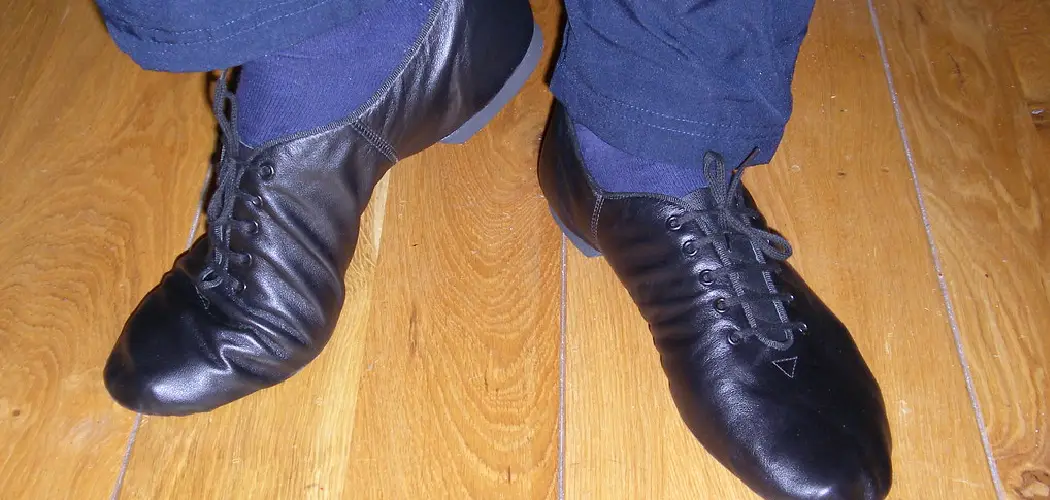Jazz shoes are essential footwear for dancers, providing flexibility, support, and style. However, their smooth soles can often be too slippery, posing a challenge for dancers performing intricate movements on various surfaces. Making jazz shoes less slippery is crucial for enhancing grip, stability, and overall performance. Fortunately, there are several effective methods and products available to address this issue and ensure dancers can move with confidence and precision.
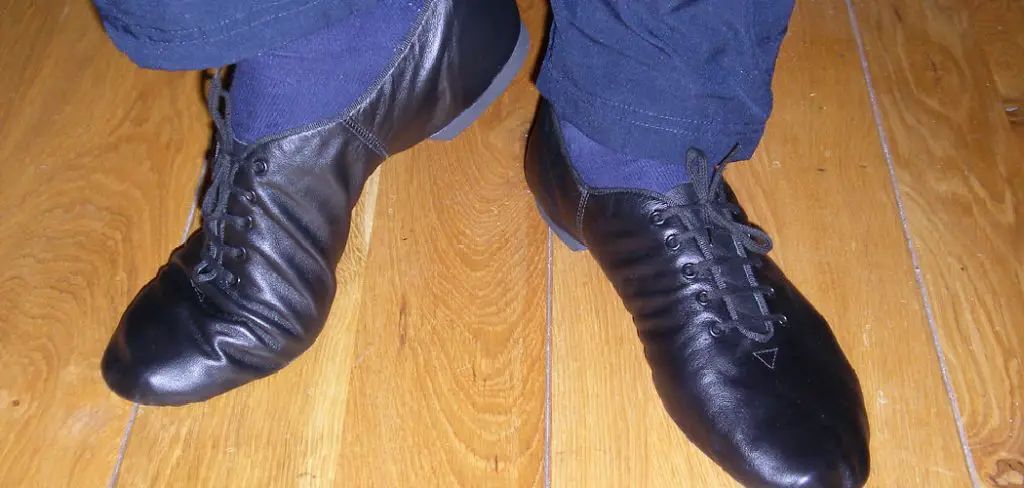
In this article, we’ll explore practical tips and techniques how to make jazz shoes less slippery. From applying traction-enhancing products to modifying the soles, we’ll cover everything you need to know to make jazz shoes less slippery and optimize your dance experience.
Importance of Protecting Leather Shoes
Leather shoes are a notable investment, prized for their durability, comfort, and timeless style. Protecting them is crucial not only to maintain their aesthetic appeal but also to extend their lifespan. Leather, being a natural material, requires diligent care to prevent damage from moisture, dirt, and wear.
Regular cleaning and conditioning can keep he leather supple and prevent cracks or dryness that can lead to premature aging. Additionally, applying protective treatments, such as waterproof sprays and leather balms, shields the shoes from water stains and scuffs. With proper care, leather shoes can retain their elegance and functionality, making them a reliable and stylish choice for years.
Understanding the Risks of Rain Damage
Rain can pose significant risks to leather shoes, leading to both cosmetic and structural issues. Exposure to water can cause leather to absorb moisture, making it susceptible to staining and discolouration. In more severe instances, excessive wetness can lead to the leather becoming stiff and brittle, ultimately resulting in cracks and tears.
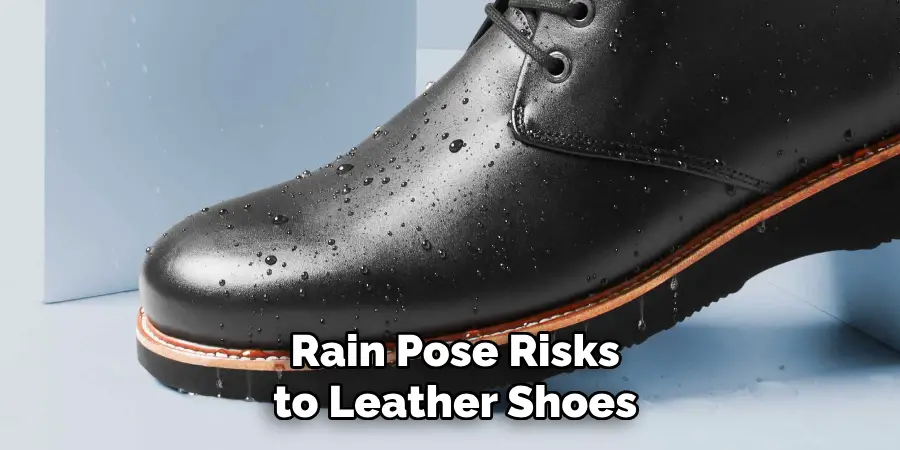
Furthermore, the combination of water and dirt can embed grime into the leather, making it difficult to clean and leading to further degradation. Prolonged dampness can also foster the growth of mould and mildew, which not only damages the shoe but can also produce unpleasant odours. Therefore, it is crucial to take preventative measures to protect leather shoes from rain damage, ensuring they remain in excellent condition and prolonging their usability.
Common Issues Caused by Rain
Rain can lead to a variety of common issues that compromise the integrity and appearance of leather shoes. One prevalent issue is staining, where water spots or streaks mar the surface of the leather, diminishing its aesthetic appeal. Staining can be particularly noticeable on lighter coloured leather, making it look patchy and uneven.
Furthermore, rain can cause leather to become waterlogged, resulting in the material feeling heavy and losing its shape. Another frequent problem is the development of a white residue known as “blooming,” which occurs when moisture draws salts and minerals to the surface of the leather. This residue can be unsightly and difficult to remove without proper cleaning products.
Additionally, repeated exposure to rain without adequate drying can lead to the growth of mould and mildew, which not only affect the shoe’s appearance and smell but can also cause long-term damage to the leather fibres. With these potential issues, it’s easy to see why taking preventative steps to protect leather shoes from rain is essential for maintaining their quality and longevity.
Impact of Moisture on Leather’s Durability and Quality
Moisture is one of the primary adversaries of leather, significantly impacting its durability and quality over time. When leather absorbs water, the natural oils that keep the material flexible and resilient are often washed away. This loss of oils results in the leather becoming dry, brittle, and susceptible to cracking.
Furthermore, prolonged exposure to moisture can weaken the leather’s fibres, leading to a decrease in structural integrity and making the shoes more prone to wear and tear. The continuous cycle of the leather getting wet and then drying can cause lasting damage, manifesting in unsightly wrinkles and surface degradation. Moisture can also encourage the growth of mould and mildew, which does not just harm the leather but can also pose health risks due to the potential for fungal spores.
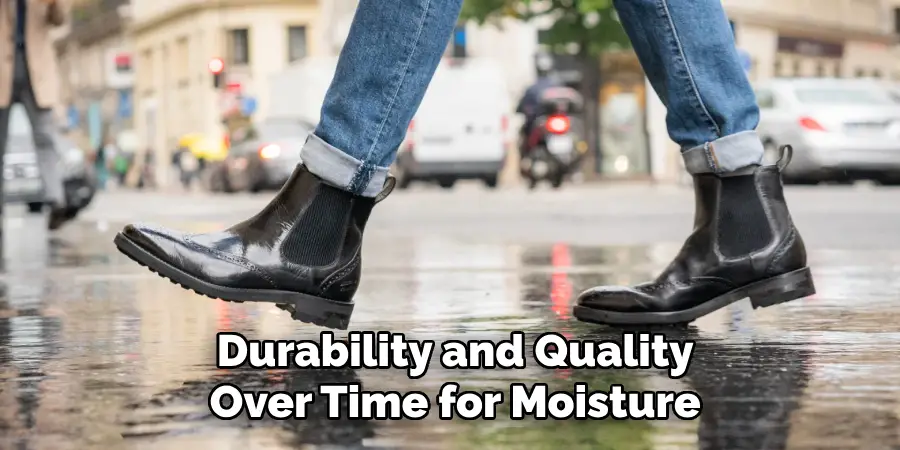
Overall, protecting leather shoes from moisture is essential to preserving their appearance, functionality, and longevity, ensuring that they remain a valuable and stylish part of your wardrobe for years to come.
Importance of Proactive Protection Measures
Taking proactive protection measures is essential to safeguard the quality and longevity of leather shoes. Regularly applying waterproof sprays can create an invisible barrier that helps repel water and prevent moisture from penetrating the leather. This simple step significantly reduces the risk of water damage, staining, and discolouration.
Additionally, using leather conditioners and balms regularly can maintain the natural oils in the leather, keeping it supple and resistant to cracks. Storing leather shoes in a cool, dry place away from direct sunlight can further prevent premature aging and degradation. Shoe trees are also a valuable tool, as they help maintain the shape of the shoes and absorb excess moisture from the interior. By adopting these protective measures, you can ensure that your leather shoes stay in optimal condition, providing you with comfort, durability, and style for many years.
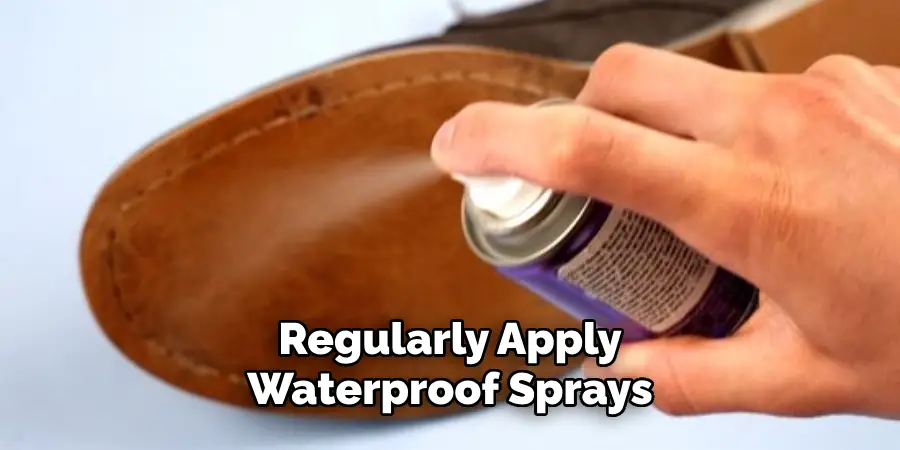
Types of Sprays Available
When it comes to protecting leather shoes from moisture and stains, several types of sprays are available, each offering unique benefits. Waterproof sprays are the most common and are designed specifically to create a water-repellent barrier on the surface of the leather, preventing water from soaking in. These sprays are straightforward to use and highly effective for general rain protection. Stain-repellent sprays not only guard against water but also protect against oil-based stains and other potential contaminants that can mar the leather’s appearance.
For those who prefer natural products, there are eco-friendly sprays made from plant-based ingredients. These sprays offer the same level of protection as their chemical counterparts but without the use of harsh chemicals, making them ideal for environmentally conscious consumers. Conditioning sprays combine protection with nourishment, infusing the leather with essential oils to keep it moisturised and supple while providing a defensive layer against moisture. Each type of spray serves a specific purpose, and choosing the right one depends on the specific needs of your leather shoes and personal preferences.
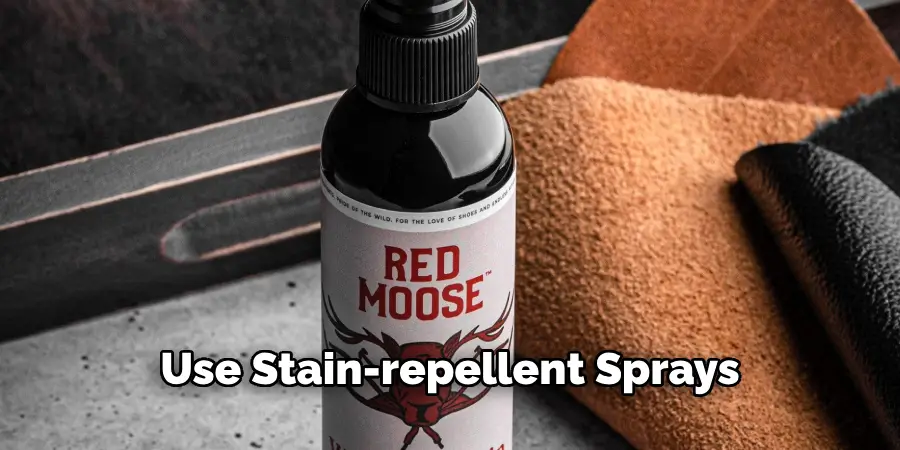
10 Methods How to Make Jazz Shoes less Slippery
1. Scuff the Soles
One effective method to reduce slipperiness in jazz shoes is to scuff the soles. Use a wire brush or sandpaper to gently roughen the surface of the soles, creating small grooves and texture that improve traction. Focus on the ball and heel areas of the sole, as these are the areas that come into contact with the floor during dance movements. Be careful not to scuff the soles too aggressively, as this can damage the material or alter the shoe’s appearance. Test the shoes on a non-slip surface to gauge the level of traction before using them for dance performances.
2. Apply Traction Enhancers
Traction enhancers are products specifically designed to improve grip and reduce slipperiness on smooth surfaces. Apply a thin layer of traction enhancer to the soles of your jazz shoes using a sponge or cloth. Allow the product to dry completely before wearing the shoes. Traction enhancers come in various forms, including sprays, gels, and powders, so choose the type that best suits your preferences and needs. Reapply the traction enhancer as needed, especially before dance performances or rehearsals, to maintain optimal traction and grip.
3. Use Grip Pads or Toe Paws
Grip pads or toe paws are adhesive pads designed to provide extra traction and grip on the soles of jazz shoes. These pads adhere to the ball and heel areas of the sole, providing a textured surface that helps prevent slipping and sliding. Simply peel off the backing and apply the grip pads to the desired areas of the sole. Press down firmly to ensure they adhere securely to the shoe. Grip pads come in various shapes and sizes, so choose the ones that best fit your shoe size and foot shape. Replace the grip pads as needed to maintain their effectiveness.
4. Modify the Soles with Duct Tape or Shoe Goo
Duct tape or shoe goo can be used to modify the soles of jazz shoes and improve traction. Apply strips of duct tape or shoe goo to the ball and heel areas of the sole, creating a textured surface that enhances grip. Press down firmly to ensure the tape or shoe goo adheres securely to the sole. Allow the adhesive to dry completely before wearing the shoes. This method provides a temporary solution for reducing slipperiness in jazz shoes and can be easily removed or replaced as needed.
5. Use Rosin or Resin Powder
Rosin or resin powder is a traditional solution used by dancers to improve grip and reduce slipperiness on smooth dance floors. Apply a small amount of rosin or resin powder to the soles of your jazz shoes using a cloth or brush. Rub the powder into the sole to create a thin layer of grip-enhancing material. Be cautious not to apply too much rosin or resin powder, as it can make the soles sticky and affect your ability to glide and pivot smoothly. Experiment with different amounts to find the right balance between grip and glide for your dance style.
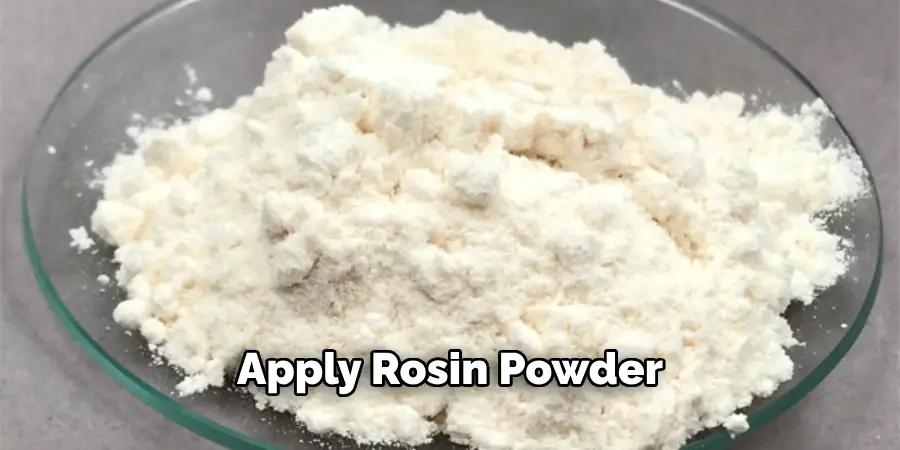
6. Scuff the Floor
In addition to modifying the soles of your jazz shoes, you can also scuff the dance floor to improve traction. Use a wire brush or sandpaper to roughen the surface of the dance floor, creating texture and grip that help prevent slipping. Focus on high-traffic areas and sections of the floor where you perform intricate dance movements. Be sure to test the floor’s surface before applying any scuffing techniques, as certain types of flooring may be more susceptible to damage or discoloration.
7. Wear Socks Over the Shoes
Wearing socks over your jazz shoes can provide additional traction and grip, especially on slippery surfaces. Choose socks with grippy soles or textured patterns that help improve traction when dancing. Pull the socks over the shoes, ensuring they fit snugly and cover the entire sole area. This method is particularly useful for dancers who prefer the flexibility and support of jazz shoes but need extra traction for specific dance movements or routines. Experiment with different sock materials and styles to find the ones that work best for your needs.
8. Use Liquid Chalk or Spray Adhesive
Liquid chalk or spray adhesive can be applied to the soles of jazz shoes to create a tacky surface that improves grip and reduces slipperiness. Apply a thin layer of liquid chalk or spray adhesive to the sole using a sponge or cloth, ensuring even coverage. Allow the product to dry completely before wearing the shoes. Liquid chalk and spray adhesive provide a temporary solution for enhancing traction and can be easily removed or reapplied as needed. Be sure to follow the manufacturer’s instructions and test the product on a small area of the sole before applying it to the entire shoe.
9. Experiment with Different Shoe Materials
The material of your jazz shoes can affect their traction and grip on different surfaces. Experiment with different shoe materials, such as suede or canvas, to find the ones that provide the best traction for your needs. Suede jazz shoes, for example, often offer better grip on smooth dance floors compared to leather or synthetic materials. Canvas shoes, on the other hand, may provide a balance between flexibility and traction, making them suitable for various dance styles. Consider trying out different shoe materials to see which ones work best for your dancing needs and preferences.
10. Consult with a Dance Instructor or Shoe Specialist
If you’re struggling to make your jazz shoes less slippery, consider seeking advice from a dance instructor or shoe specialist. They can provide personalized recommendations based on your dancing style, skill level, and the specific surfaces you dance on.
A dance instructor can offer guidance on technique adjustments and exercises to improve balance and control, while a shoe specialist can recommend specialized products or modifications to enhance traction in your jazz shoes. Don’t hesitate to reach out for professional assistance to ensure you have the right tools and techniques to dance confidently and safely on any surface.
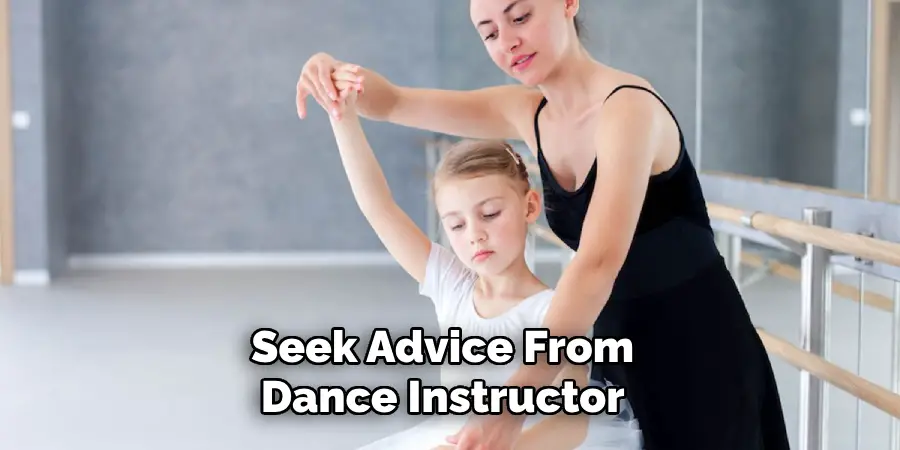
Walking Paths to Minimize Exposure to Water
When planning walking routes, especially during inclement weather or in areas prone to flooding, minimizing exposure to water is essential for comfort and safety. Here are some strategies for choosing and navigating walking paths to avoid wet or muddy conditions:
- Select Elevated Paths: Look for walking paths that are elevated above surrounding terrain. Boardwalks, pavements, or trails that follow higher ground are often less likely to accumulate water. These pathways are designed to provide a dry and stable surface, even after heavy rains.
- Use Drainage Systems: Opt for paths that include proper drainage systems, such as gutters or ditches alongside the walkway. These systems direct rainwater away from the path, reducing the risk of puddles and slippery surfaces.
- Avoid Low-Lying Areas: Steer clear of trails and routes that run through low-lying areas or natural depressions. These spots are more prone to flooding and will often have standing water after rainstorms. Instead, choose paths that traverse higher ground or follow ridge lines.
- Choose Maintained Trails: Well-maintained trails are less likely to become waterlogged. Regular maintenance includes clearing debris, repairing eroded sections, and ensuring that the path remains even and dry.
- Utilize Bridges and Crosswalks: When walking near streams, rivers, or other bodies of water, use bridges and crosswalks to stay dry. These structures provide safe passage over water and help you avoid wet, unstable ground.
- Wear Appropriate Footwear: Even with careful path selection, some water exposure might be unavoidable. Wearing waterproof or water-resistant shoes will help keep your feet dry. Additionally, consider using gaiters to prevent water from entering your shoes in deeper puddles or wet grass.
- Monitor Weather Conditions: Before setting out, check the weather forecast and current conditions of your planned route. If heavy rain is expected or recent storms have passed through, be prepared to alter your path to avoid areas likely to be affected by water accumulation.
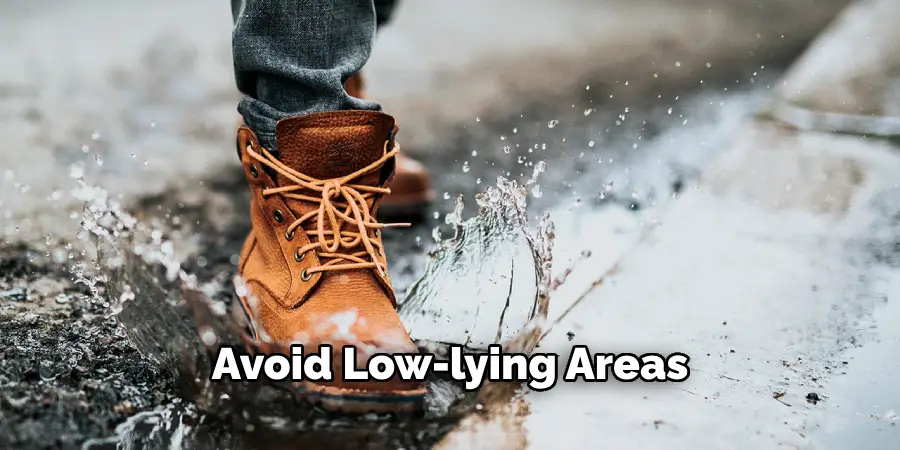
By planning ahead and choosing the right walking paths, you can enjoy your walk while minimizing the discomfort and hazards associated with wet or muddy conditions.
Conclusion
In conclusion, mastering the art of dance requires not only skill and passion but also attention to the equipment that supports your movements. With the techniques outlined in this guide, you can transform your slippery jazz shoes into reliable allies on the dance floor.
Whether you opt for immediate solutions like scuffing the soles or applying traction pads, or prefer DIY methods such as using adhesive tape or rubber cement, there’s a strategy to suit your needs. Remember to prioritize safety by maintaining awareness of your surroundings and practicing on appropriate flooring. Thanks for reading, and we hope this has given you some inspiration on how to make jazz shoes less slippery!

